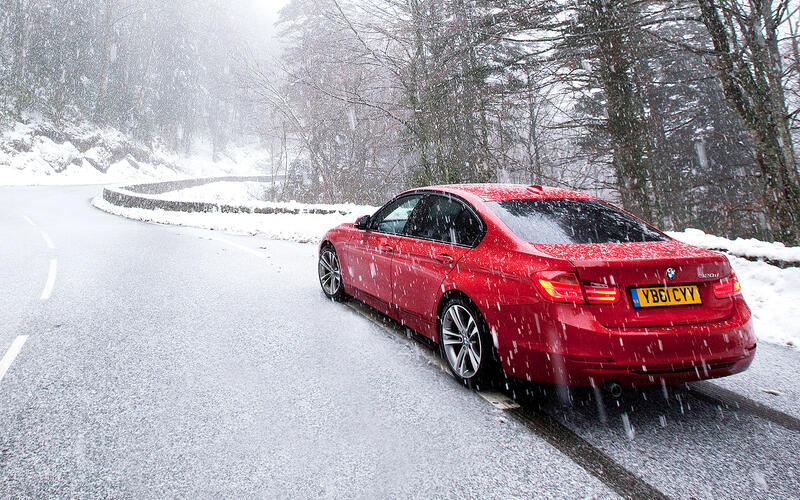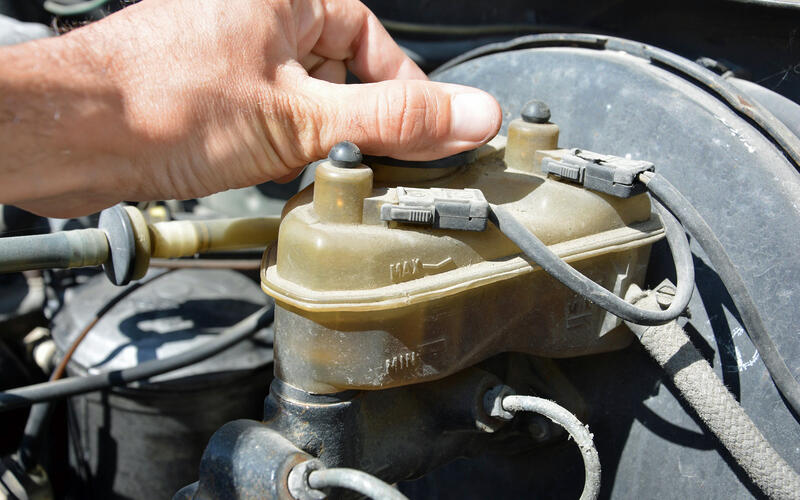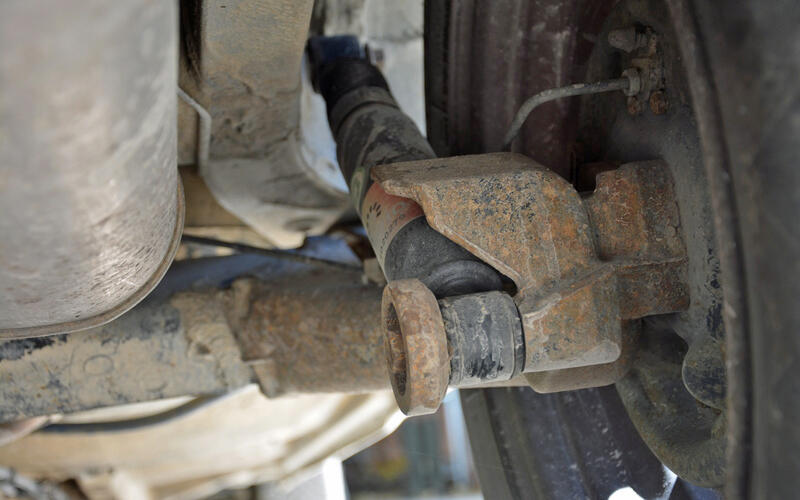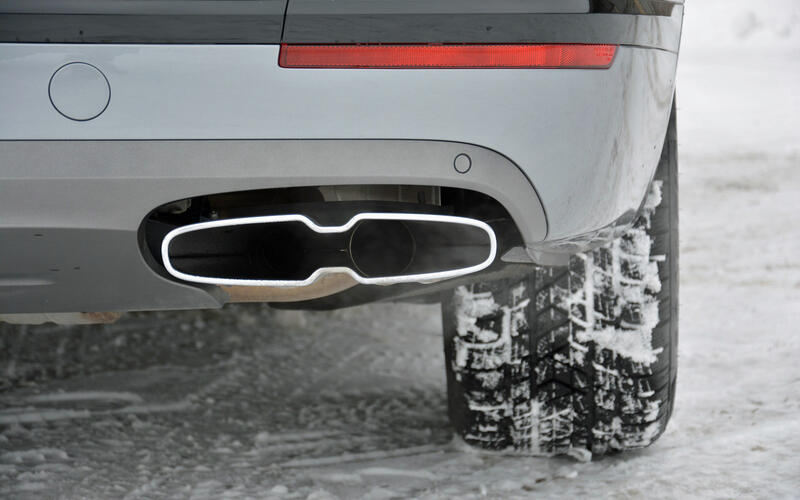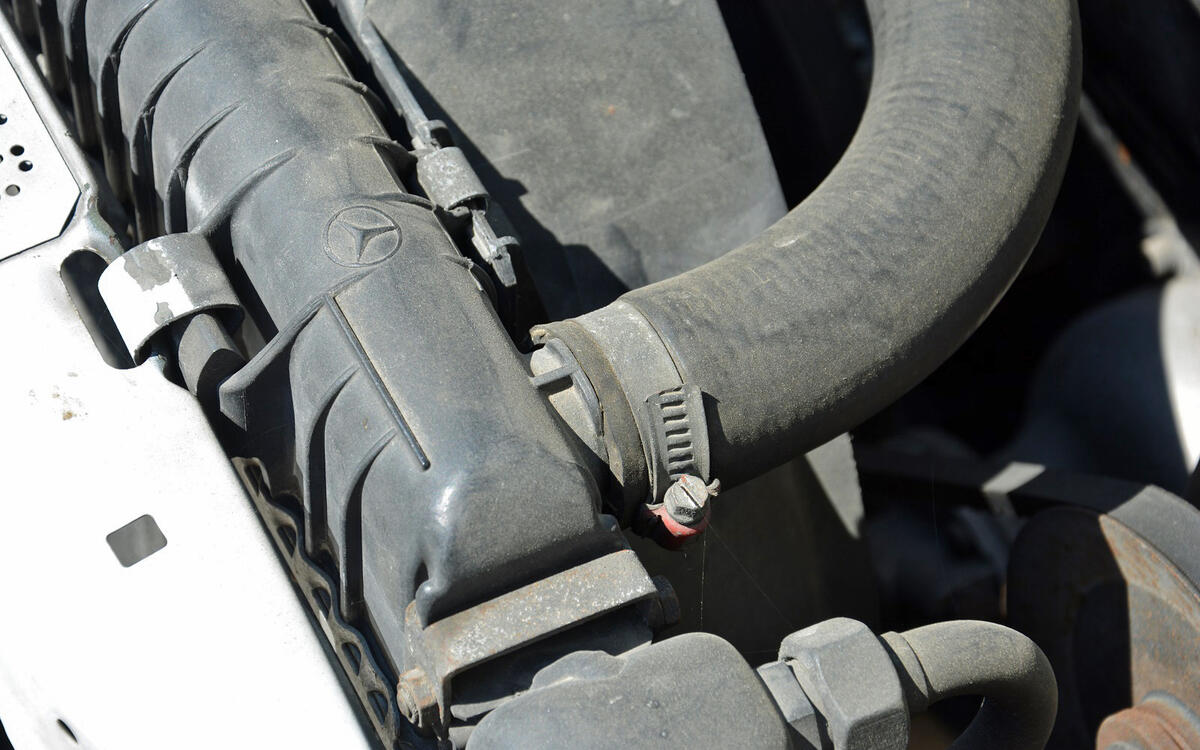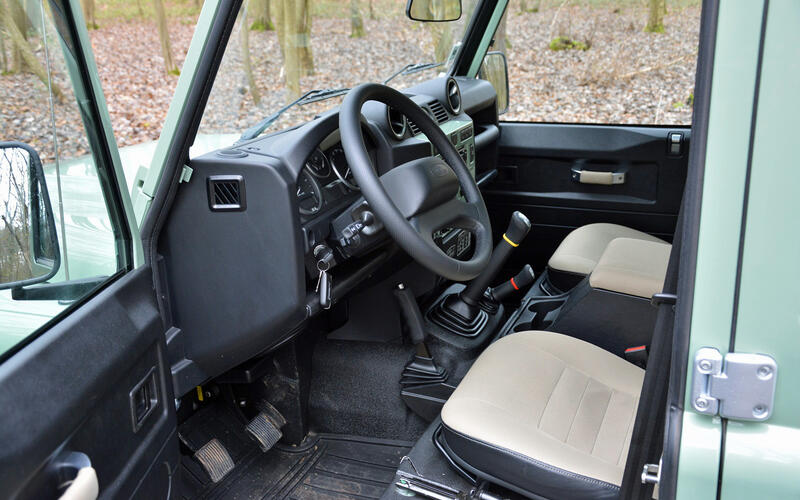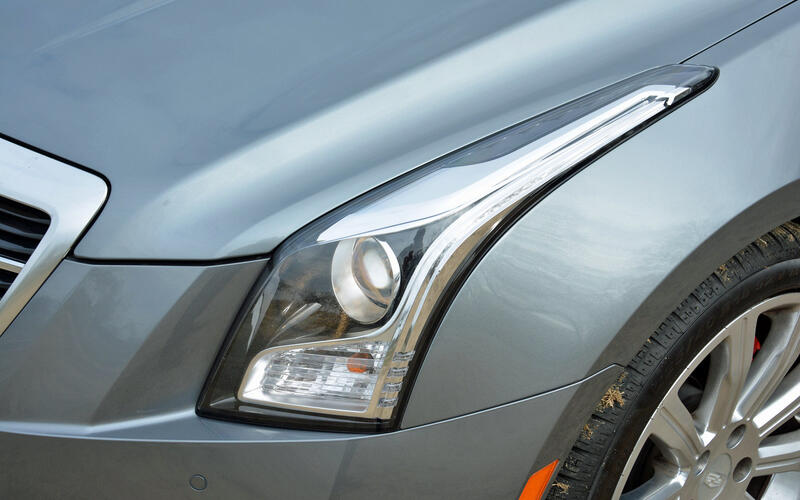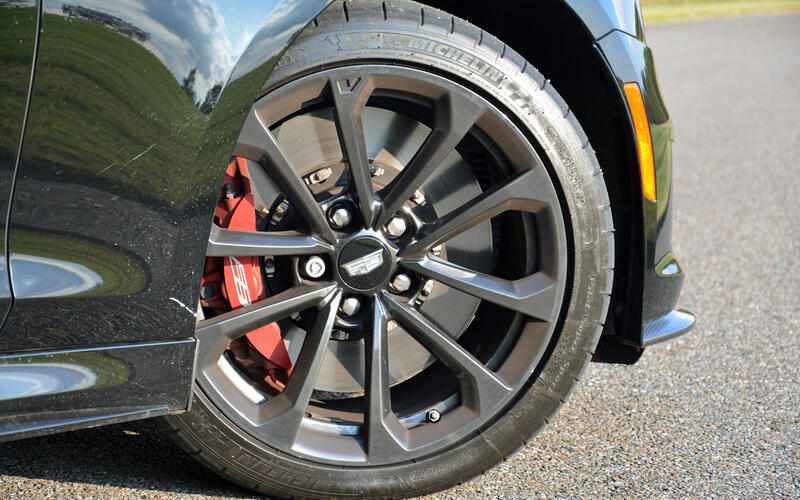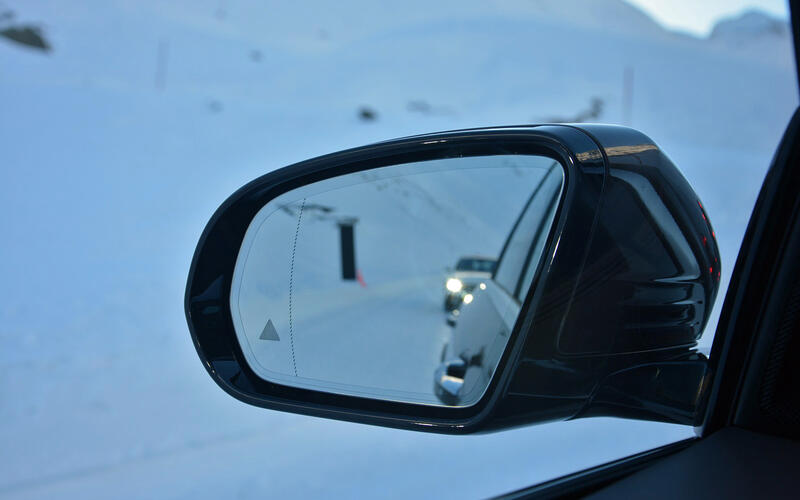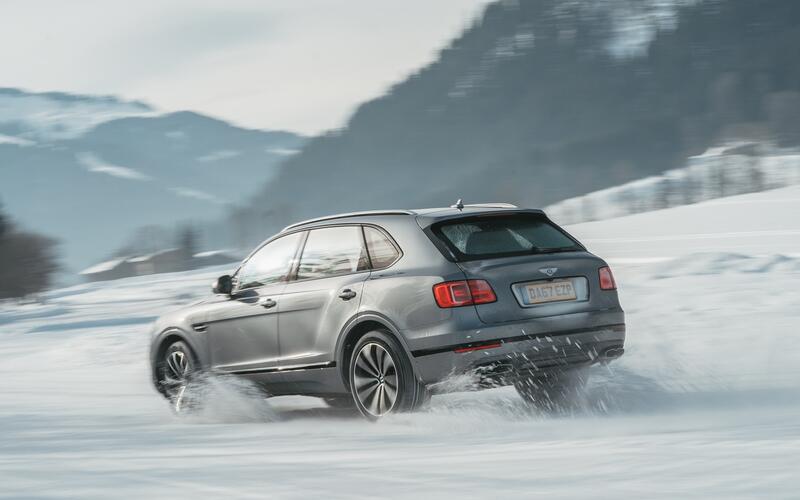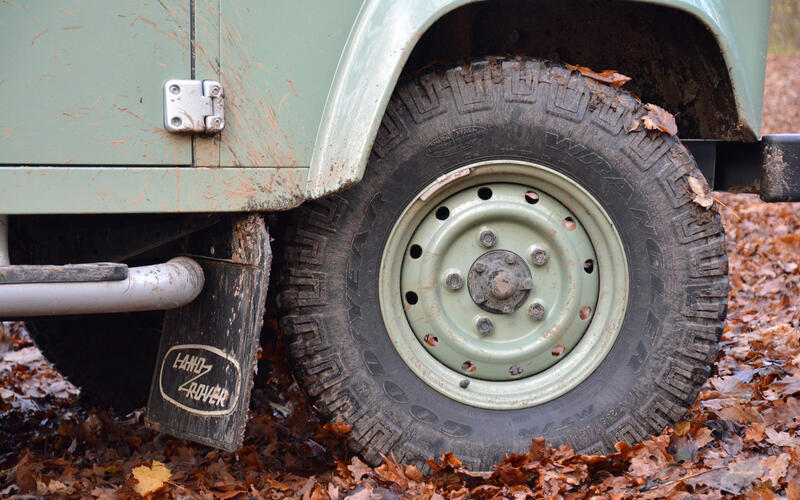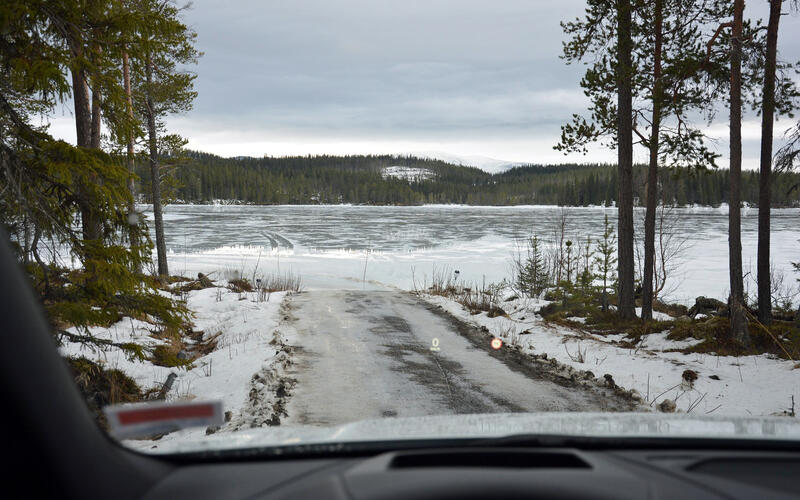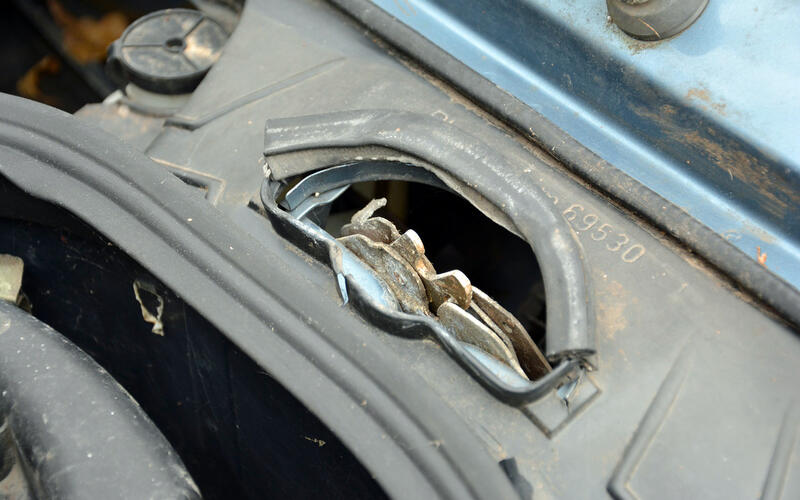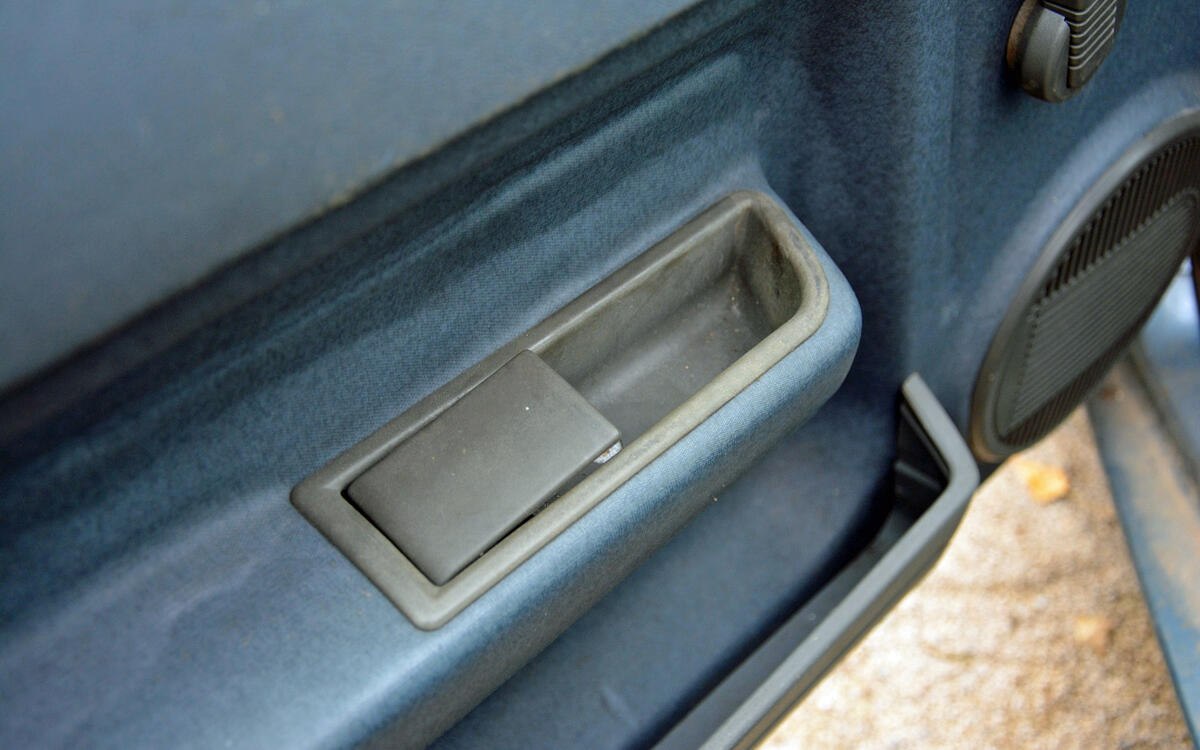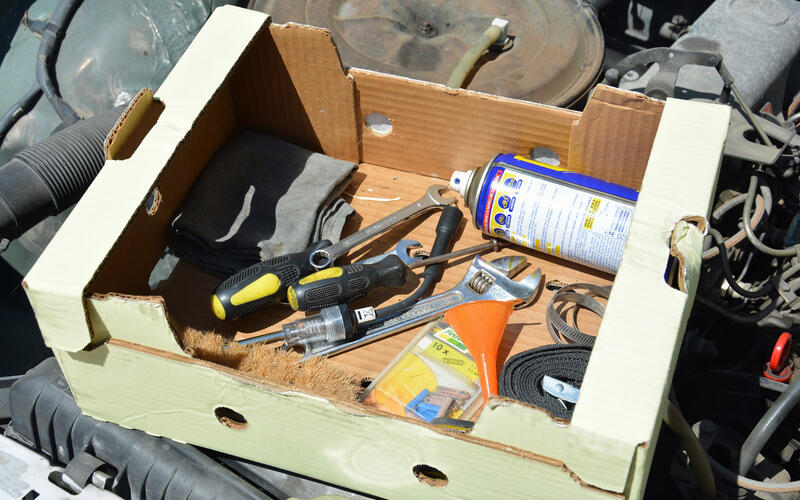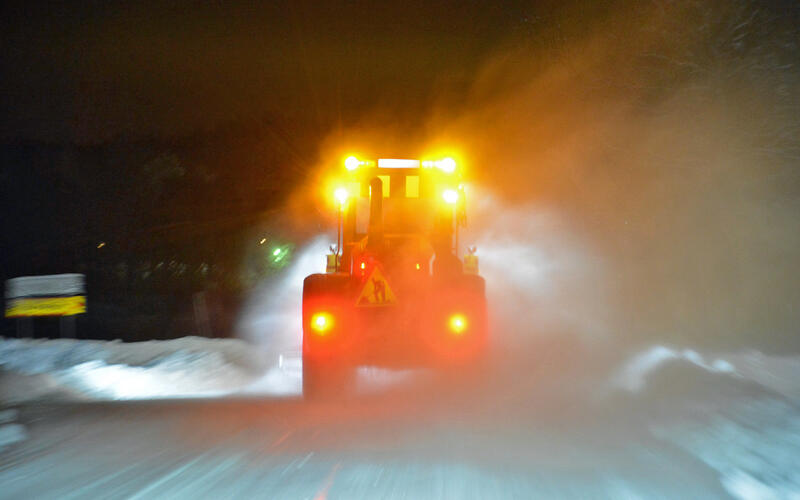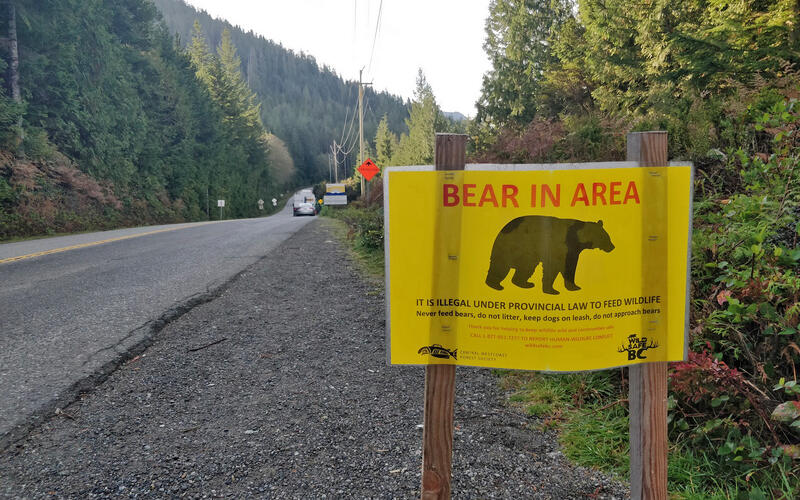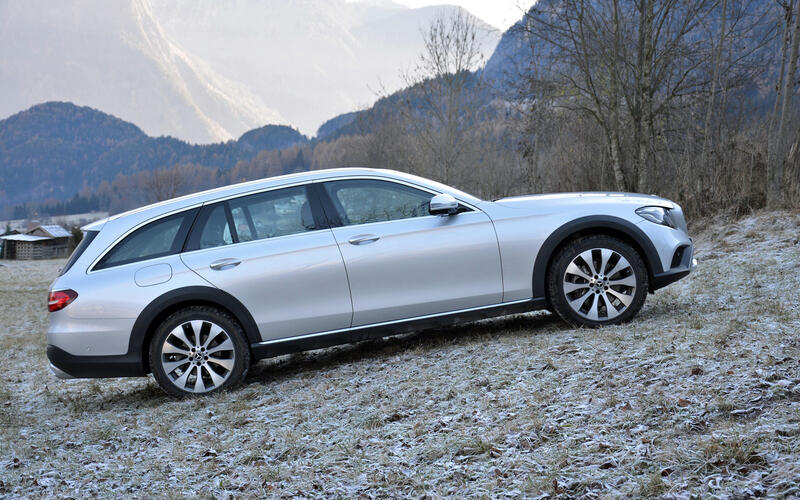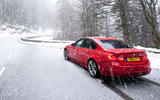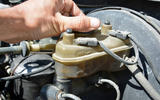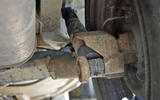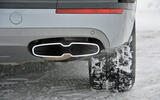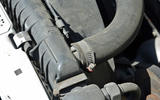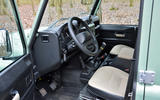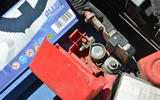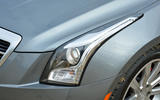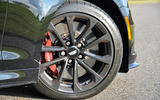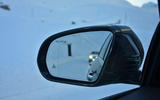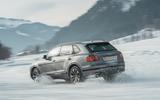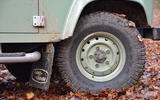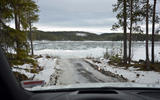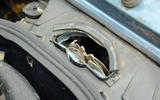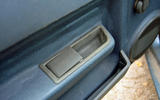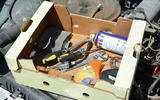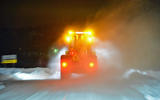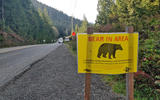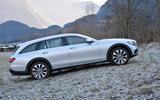 Slide of
Slide of
Like humans, cars would much rather not be outside when it’s freezing.
Cold temperatures take a big toll on nearly every part of your car. With winter already comfortably settled in, it’s important to prepare your daily driver for the cold months ahead by making sure everything is in good order. Simple checks greatly reduce the chance of a breakdown while making driving on snow and ice far less stressful. We’ve compiled tips to beat winter behind the wheel.
 Slide of
Slide of
The bare essentials
Check your car’s vitals before the next storm hits. Check the oil and change it if necessary, make sure your coolant is topped up, add air to the tyres and verify that every lightbulb works. Keep in mind winter also means short days and long nights, so you want to see and be seen. We recommend flushing the brake fluid if you don’t know how old it is, especially if it has started turning brown.
 Slide of
Slide of
Fix small problems before they become big
Living with a mechanical problem rather than fixing it is tempting. You save money, or at least keep it in your pocket for longer, and odds are you’ve figured out a way around it. That’s understandable, though not exactly advisable, but it’s a bad strategy as you head into winter because whatever is making the funny noise (or triggering a warning light on your dash) could finally call it quits in the worst possible weather. Preventive maintenance keeps you and yours on the road.
 Slide of
Slide of
Have a tyre plan
We can’t underestimate the importance of having the right tyres. Figure out what you’re going to wrap around your wheels before it starts getting cold outside. What you need depends largely on what you drive and where you go. You might get by with a good set of all-seasons, you could need snow tyres or you might even encounter situations that require chains.
Plan ahead regardless and remember to talk to your local tyre shop well before everyone else will.
 Slide of
Slide of
Check the cooling system
Keep in mind your car’s cooling system has just toiled through summer and the wear-and-tear it took during the hot months will manifest itself in the winter. Warm up the engine, keep it running and carefully perform a visual check of key parts like the radiator, the hoses and the water pump.
Inspect for leaks, smoke and any kind of visible damage. It’s cold outside, and you’re probably wearing a scarf, so tuck it in your jacket to prevent it from getting caught in the fan or the belt.
 Slide of
Slide of
Protect the carpet
This is particularly important if you live in an area that regularly gets snow. Invest in a set of quality rubber floor mats, either from a dealer or from an auto parts store, to protect your car’s carpet. Otherwise, the salty slush you and yours will deposit into the footwells all winter long is going to melt and damage the carpet. Bring enough of it in and it could attack your floorboards, too.
 Slide of
Slide of
Test the battery
The effect that freezing-cold temperatures have on a car battery are well known. Oil gets thicker, so the starter draws more energy to turn the engine over. The fact that a battery is less effective in the cold complicates the matter; it’s weaker yet it needs to work harder. Use a multimeter to test the battery when the car is off and perform the same test with the engine running to ensure the charging system is in good condition. It’s a simple, two-minute test anyone can perform.
 Slide of
Slide of
Shine bright
Even the best lightbulb won’t illuminate the road if your headlight lenses are faded or otherwise damaged. You can pay a shop to clear them up or do it yourself by spending about £15 on a repair kit. Worst case scenario, you can source a good used pair for cheap from a local junkyard.
If your car is older, odds are you’ll benefit from upgrading to more powerful bulbs in order to improve visibility. And, if you’re in a rural area without street lights, there’s no better way to see what’s in front of you in the dead of night than adding a pair of spot lights to your car. It’s how the Swedes do it, and they know a thing or two about driving in the winter.
 Slide of
Slide of
Inspect the brakes
Odd rattles, unusual squeals, alarming shakes and a soft brake pedal are all signs that your car’s braking system is in dire need of attention. Stopping distances increase significantly on icy or snowy roads and worn brakes will only make the matter worse. Any competent shop can check your brakes but it’s a task you can perform at home in about 15 minutes with only basic tools.
 Slide of
Slide of
Keep seeing
Have mercy on your wiper blades. By the time winter hits, they’ve baked through several months of summer and they’ve kept your windshield clear through the fall rain. Odds are they’re ready to call it quits. Wipers are cheap and easy to install by anyone so buy a set before it gets cold and snowy.
Speaking of snow, take the time to fully clear your car’s windows before you head out. Clearing a small rectangle in front of the driver’s seat to save time is spectacularly unsafe. And, use a brush (or a broom) to remove snow from your car’s roof, or it will fly in the face of person following you, which can be an offence in law. Last but not least, don’t forget to wipe snow and ice from your mirrors.
 Slide of
Slide of
Wash and protect the body
The salt used to de-ice roads in many areas chews metal like a ravenous rabbit goes through a carrot. If your car has a scratch or a dent in the body, get it fixed (or, at least, touched-up) before winter to ensure it doesn’t become a rust spot in a month or two. Use a pressure-washer to clean the underbody and the inside of the wheel wells on a regular basis, too.
 Slide of
Slide of
Invest in mudflaps
Mudflaps may as well be called snowflaps. Widely available from automakers and aftermarket vendors, they help catch road slush before it comes in contact with the sheet metal and has a chance to make its way into every nook and cranny, like the space between the fender and the body. Installing a set of mudflaps will minimize the amount of road salt that dries on the paint during the winter but don’t take them off when the temperature begins to rise. Not only are they probably riveted on, they always protect sensitive areas like the rocker panels from rock chips that will rust over time. Fist-sized rust holes often started life as a tiny chip in the paint.
 Slide of
Slide of
Fix windshield chips
The little rock chip you barely noticed in the summer is patiently waiting for the perfect opportunity to split your windshield in half. Water will inevitably find its way into the chip, freeze as the temperature drops and create a crack as it expands. While getting a chip filled is often quick and cheap, asking a shop to install a new windscreen isn’t.
 Slide of
Slide of
Spray locks and hinges
Spray silicone lubricant in hinges, locks and various linkages to prevent things from sticking when the temperature falls. Don’t forget about the hood latch mechanism. We also suggest applying silicone to the rubber seals so that the doors can’t freeze to them.
 Slide of
Slide of
Beware of brittle plastics
The colder it gets outside, the more brittle plastic parts become. If a component (like a door handle, for example) feels and/or looks like it’s about to snap, it probably is. Use caution and keep in mind plastic is absolutely everywhere in modern cars. If possible, wait until your interior is warm to start touching levers, buttons, and knobs and never try to force one into position.
 Slide of
Slide of
Pack an emergency kit
It’s a good idea to carry an emergency kit regardless of the season. Pack spare lightbulbs, fuses, jumper cables, basic tools, a decent tow strap, rags and a reflective vest in a box you keep in your trunk. Put a blanket and hand warmers in the box when the temperature begins to drop.
 Slide of
Slide of
Go easy on the engine
You don’t need to warm up your car before you leave unless it’s equipped with a carburettor but it’s a good idea to go easy on the engine for the first few miles. Avoid sprinting out of your driveway like you’ve just started a race. Keep an eye on the temperature gauge (if your car has one) and, if possible, don’t accelerate flat-out until the engine is warm.
 Slide of
Slide of
Drive carefully
Driving on snow and ice is tricky but it’s not impossible to master. Accelerate and brake gently, increase the distance between your car and the one in front and avoid stopping if you’re going up a hill. It’s also wise not to use cruise control in a snow storm and to plan more time than usual. The 15-minute drive to the supermarket could take you half an hour if the roads are icy.
 Slide of
Slide of
Watch out for wildlife
Animals that primarily come out at night spend more time meandering through nature in the winter, when the days are shorter. And, evidently, they’re more difficult to see. Be extra careful when driving in rural areas, especially at higher speeds, and always scan the road ahead to ensure there isn’t a deer, a racoon, or another animal waiting to cross at the worst possible time.
 Slide of
Slide of
Know 4x4 doesn’t make you invincible
Four-wheel drive and all-wheel drive systems are a huge help when driving on icy roads but neither one turns you into a rally pilot. While having four driven wheels will allow you to gain traction with relative ease, it’s not going to reduce your car’s braking distance or make it come to a stop in a straight line. Even if your daily driver is a Jeep Wrangler, plan your next move ahead of time when driving on a snowy road and avoid making quick, sudden manoeuvres.
 Slide of
Slide of
Know when to stay in
There are no two ways around it: Driving in the snow is more dangerous than driving on a dry road on a warm summer day. While some trips are inevitable, it’s important to know when to stay in. We’re not saying it’s wise to take work off every time you see flurries in the sky but the 10pm sweet shop run can usually wait until the following day if there’s an apocalyptic blizzard outside.
Preventive maintenance and basic car care go a long way
Advertisement


